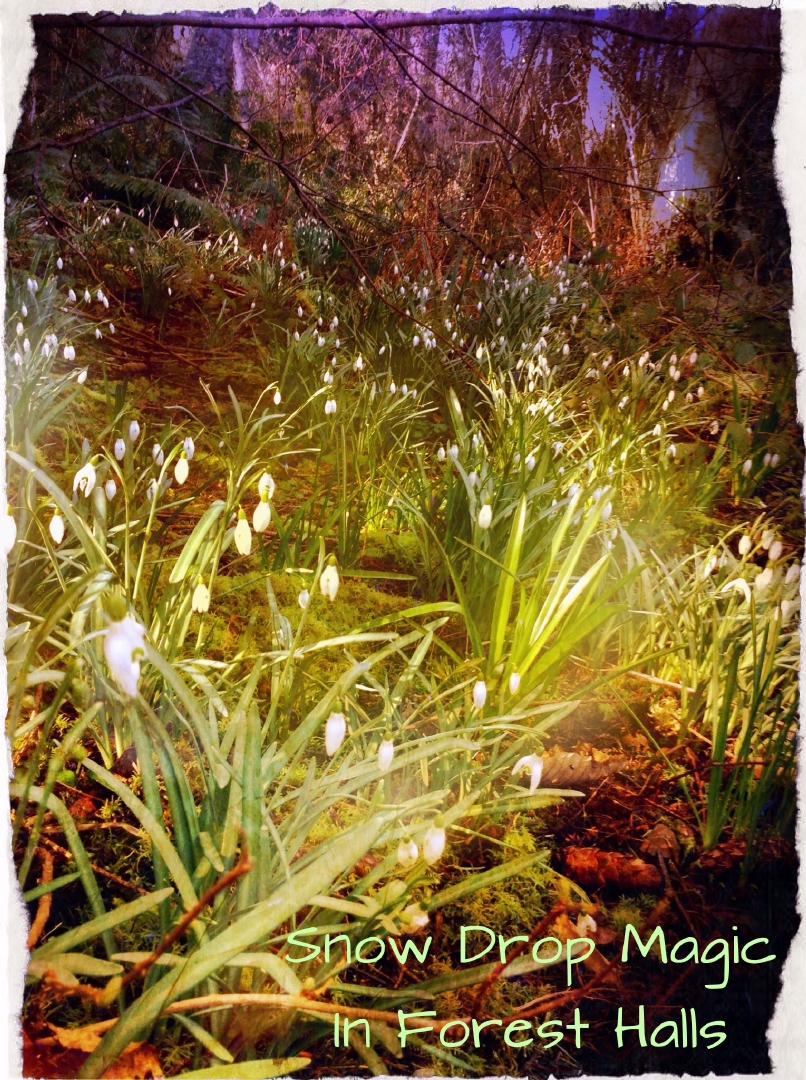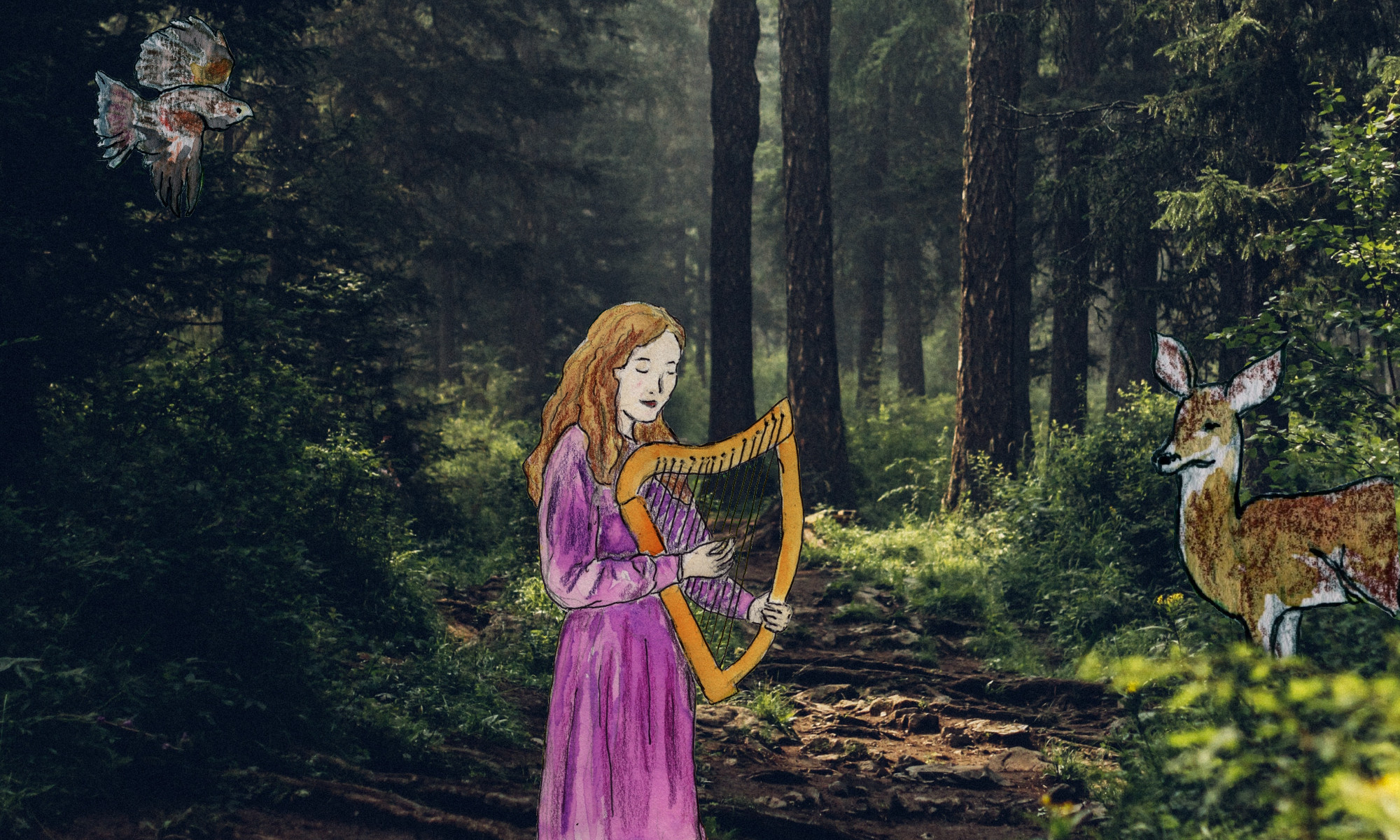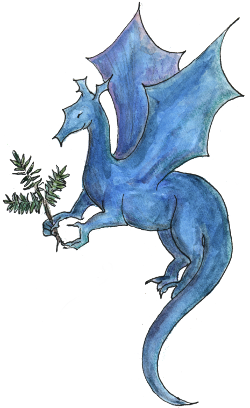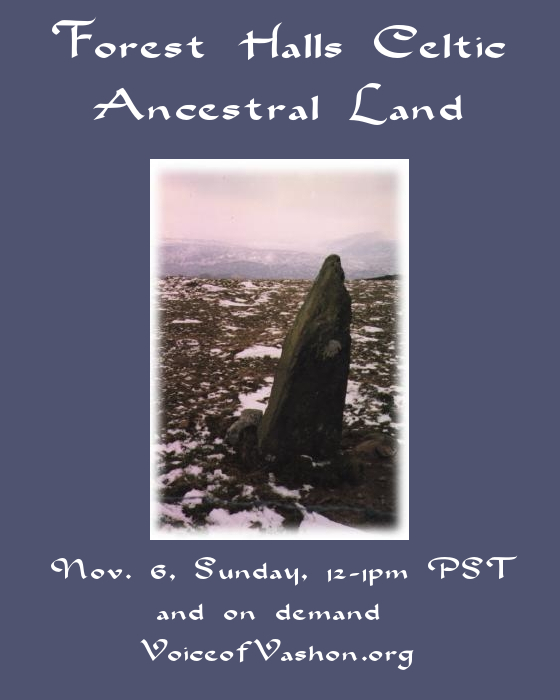
No question: we live in difficult times. Now more than ever, we must safeguard the kindness, beauty, strength, and whole nature values the reside in our lives and in our families. It is vital that we take care of ourselves and shelter where we feel joy and lovingkindness. It is vital that we laugh and have fun! Self-care is as important as taking action in whatever way works for and is important to us. We each carry a flame of the dream of a world that is abundant, generous, connective, loving, strong and beautiful in its diversity, and welcoming to all.
Our human family knows how to be welcoming of each other, and in harmony with the natural world. We know in our DNA the importance of sharing our gifts for the good of all, and of nurturing and welcoming the gifts of others, and the gift that is the other. We know in our genetics that we need to be in dialogue with the nature and Spirit that is all around us and within us — that we are part of a much larger conversation, and not separate from anything. In these times we need to reclaim what has been forgotten, and enlarge our sense of humanity beyond our family and “tribal” groups.
Our ancestors may have known themselves to be interwoven with place, members of the family of it, but may have regarded other human groups as enemies, other, and perhaps not even fully human. At this time in the evolution of our mother Earth and her children, we are all being called to enter another stage of our life cycle — a more generous and regenerative one.
We, the human family, are being asked to truly open to the relevance and necessity and astonishing beauty that is the diversity of the human family, the diversity of nature — from microbiome to macrocosm, and to a new way of being that is both strong and respectful, active and nurturing. We all need to be offering our big hearts and bright minds, imagination, curiosity, and more, if humanity is to be included in Life’s continuing adventure and unfoldment.
Life is creative and will always find new ways to continue. How incredible if we humans come together, finally. What might the future look like for our children, our great-grandchildren, their great-grandchildren? What might it look with our human people in everyday conversation and a giving-and-receiving relationship once more with the earth, animals, plants, winds, moon, sun, stars, tiny ones, Mystery?
Let’s start by both taking care of ourselves in these troubled times, and by envisioning magic — the miracle that is possible on this earth, and in so many ways is actually alive right now. And let’s plunge deeper into the magic that is our natural world and biological-emotional-mental-spiritual whole nature.
Here are three resources to help you:
Blog post – “How to Avoid Being Psychological Destroyed by your Newsfeed” by Ann Douglas – some great tips for self-care and doing what you personally can during these times
Blog post: “Shadow Work is Active” by Asia Suler – a mythic look about where we are and specific actions you can take
Video – “Mother Trees” from the forthcoming documentary Fantastic Fungi – Nature wants to heal itself, and can create change very quickly. Since we humans are nature too, I’m very hopeful. In this dark time of humanity, what might happen if we consciously ally with Nature, with nature’s own activity and rhythms? There are so many ways this may look … How does this look for you?
How are you sheltering yourself and your family? How are you taking action, networking, serving in small, sustainable, life-giving ways to create the change we so desperately need? How are you — or might you — turn to your relationship with Nature for healing, alignment, strength, and inspiration? For shelter?
In these challenging times, Nature both nests and nurtures us, and offers creative ways forward.
Please share your stories below!
Thank you for the gift of you!


